Affiliate links on Android Authority may earn us a commission. Learn more.
The Galaxy S9 might not be groundbreaking, but it's the perfect phone for Samsung
March 1, 2018
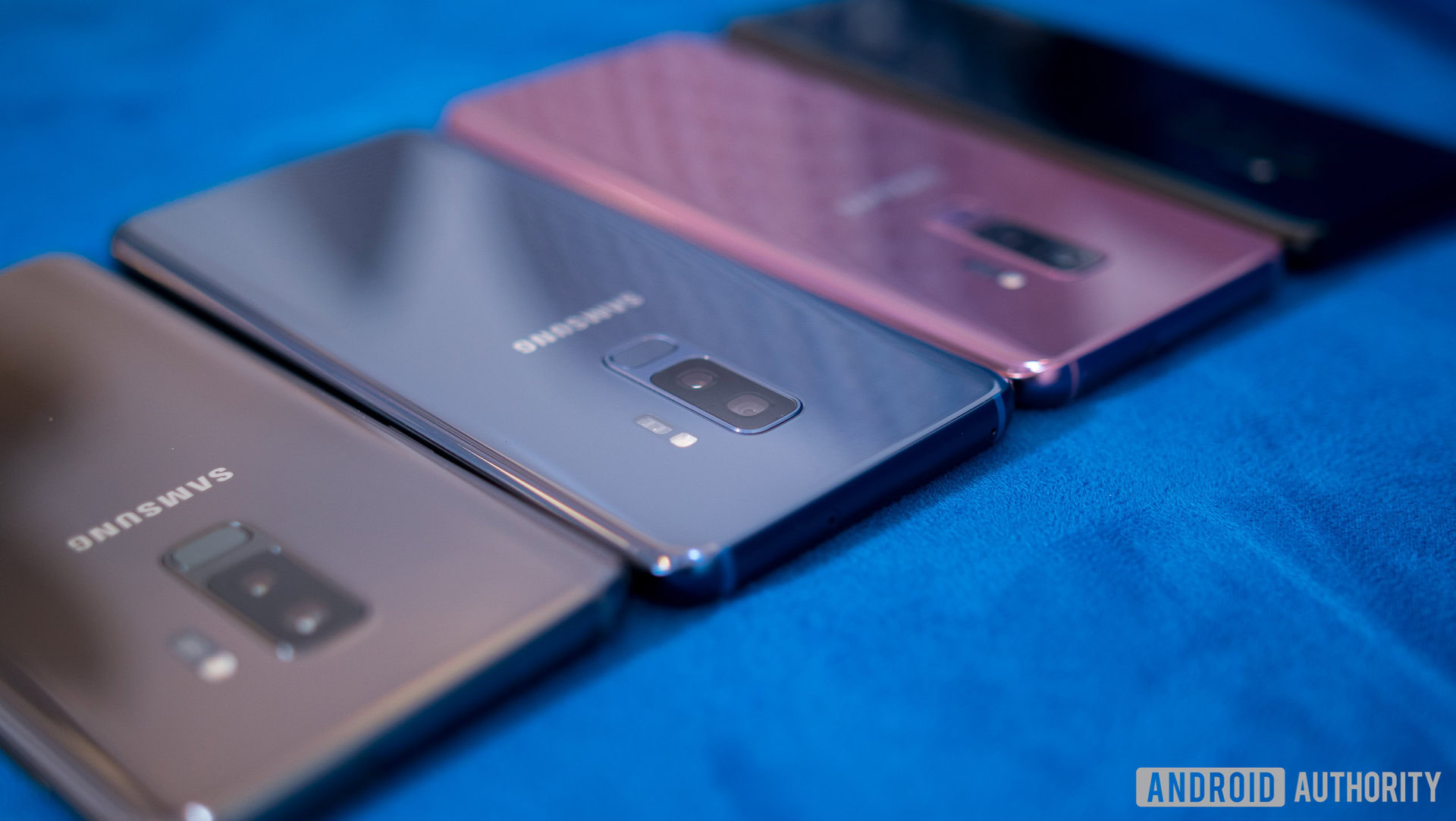
The new Samsung Galaxy S9 is clearly a refinement of last year’s admittedly successful formula. One of the best smartphones from last year just got better, but it’s hardly groundbreaking. As the wheels of the smartphone market slow, the Galaxy S9 is the perfect and inevitable response to an industry consolidating around the big players.
The phone remedies a number of quibbles, finally adding a stereo speaker system, making Bixby a bit more useful, and putting the fingerprint scanner in a logical spot the human hand can actually reach. These are positive moves, but hardly industry firsts or game-changing tweaks. The reality is the smartphone form factor has been distilled into a fine formula: big screen on the front, camera(s) on the back, and software that doesn’t get in the user’s way. OEMs simply have to be the best within this somewhat limited scope, and diverting from this formula could be fatal for a brand. Just look at the LG G5.
For Samsung, consolidation and tick-tock refinement is the best and only option to lock in its position at the top of the industry. It’s also no secret Samsung is keen to form a successful brand more along the lines of its big rival Apple. From branding and accessories, and even creeping into software, the similarities in the message become greater every year.
With global sales falling and smartphone design becoming increasingly locked into a formula, it would be risky for Samsung to deviate from its successful design.
We can see this push with features like AR Emoji / Animoji, front speakers, and Face Unlock. They were all on the latest iPhone (and some others). Whether drawing inspiration from or outright ripping off your competitors, it’s important to be able to do everything they can. Say what you will about AR Emoji, but it demonstrates Samsung wants to fight the same fight as Apple.
Meanwhile, OEMs with less global brand clout are forced to battle it out with more unique forms of innovation in an attempt to break away from the rest of the pack. Just look at Vivo’s APEX. The in-display fingerprint scanner, Screen SoundCasting speaker technology, and pop-up selfie camera are wonderfully inventive and almost all rather practical. In an ideal world, Samsung would invent these types of technologies and spread them far and wide. Like Apple though, Samsung doesn’t have to be first, it simply has to sustain the brand.
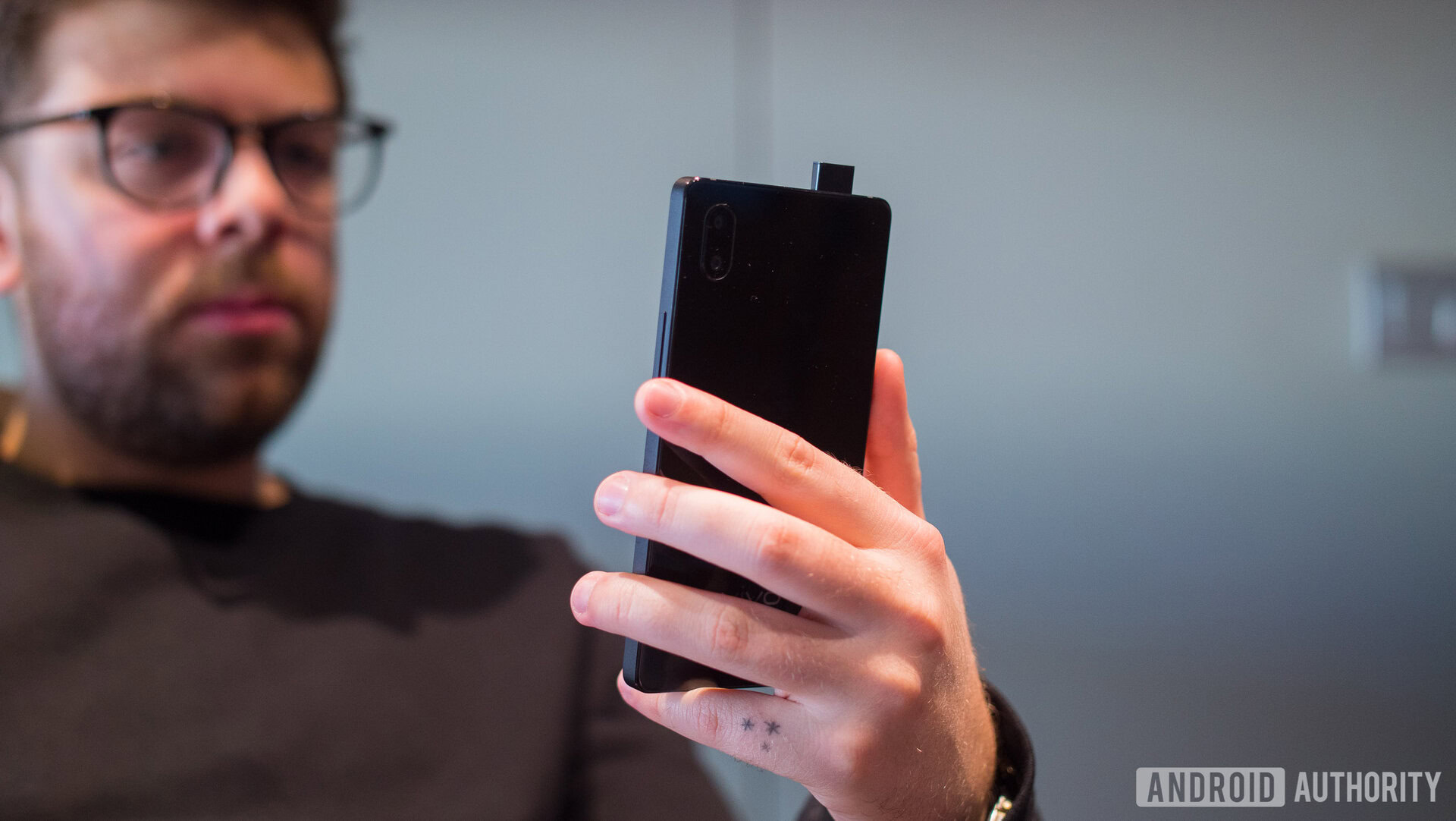
Samsung is still showing some meaningful innovation in the camera space, at least. There is still plenty to be done to improve mobile image quality, from better sensors to software cleanup, and it’s a major feature consumers really care about. Capturing all those personal moments in detail is important to a lot of people.
Other companies are continuing to press ahead in this space too, be it Google’s machine learning enhanced post processing, HUAWEI’s dual-camera technologies, or LG’s wide-angle shooting options. Samsung’s variable aperture, telephoto lens, and slow motion video capabilities are a boon for more serious mobile photographers too. However, even in this space innovation is weakening. Just how many lenses and options do OEMs really expect consumers to want? Is variable aperture really a phone-selling feature?
Much like its competitors, Samsung's greatest innovations can be found in the camera space. Other improvements certainly aren't industry firsts.
Mobile goes tick-tock
This should be familiar territory to those paying attention. Samsung cycled through the same design with the Galaxy S6 and S7, opting for an Apple-eqsue strategy of refining a first generation design. Financially this makes a lot of sense. It extends use of the design and manufacturing lines and gives engineers more time to perfect software and hardware.
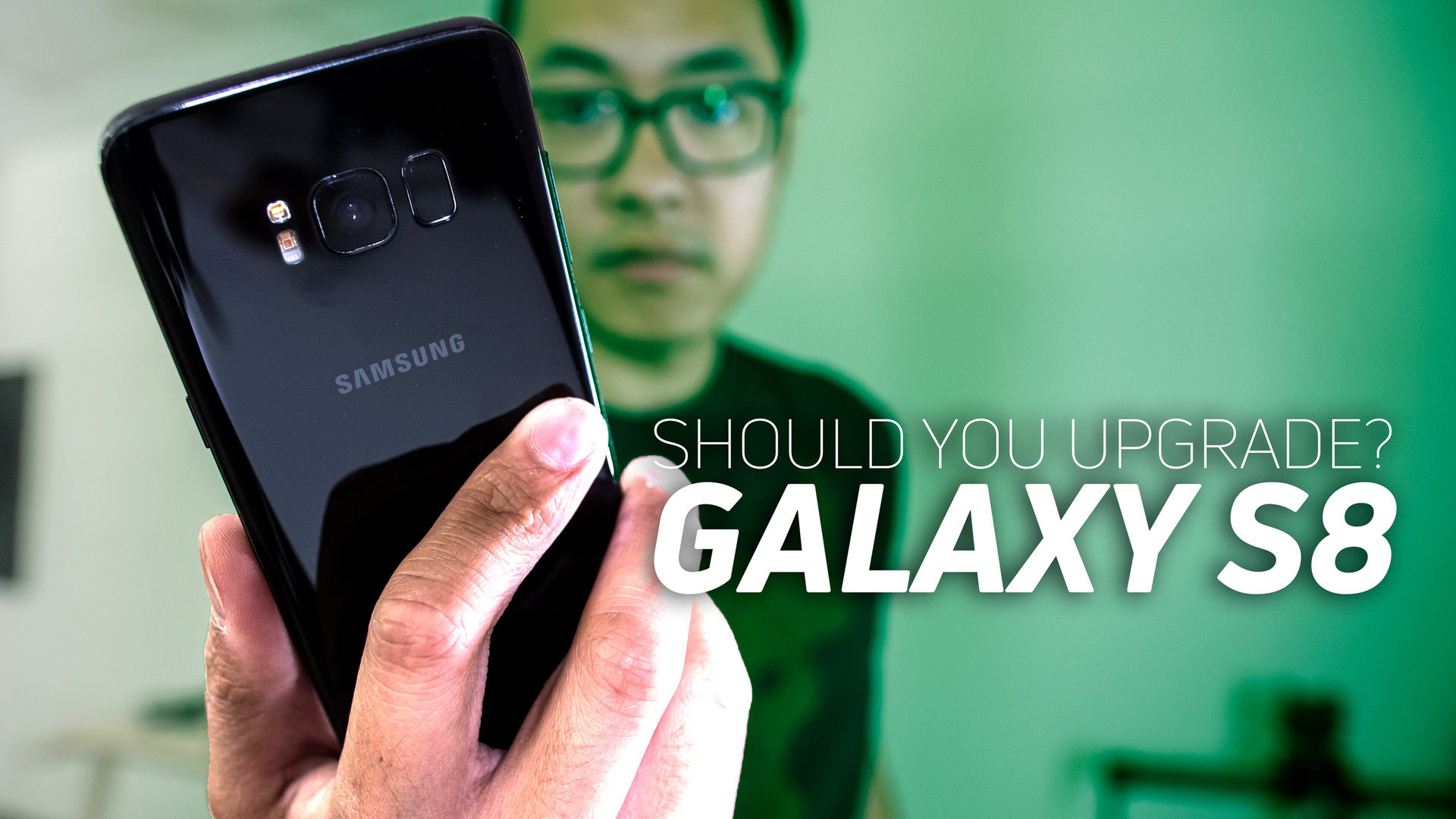
LG also appears to be adopting the same update cycle for its flagship series, with the refreshed LG V30S ThinQ. Perhaps the smartphone market simply doesn’t need yearly leaps, and a two year refresh cycle is probably totally fine.
The tick-tock mobile strategy becoming increasingly common across OEMs not only makes manufacturing and financial sense, but also buys companies time to ready the next big thing. Google is betting big on Assistant. Sony seems to think the future is in hearables or an all-new paradigm. Various leaks and demos suggest Samsung’s future may be flexible. We still don’t know when the company will finally launch a flexible smartphone or really much about its hardware, but the company isn’t hiding that it’s working on it.
Speaking this week, Samsung CEO DJ Koh insisted the company’s foldable phone isn’t a gimmick, and seemingly implied it’s where the company sees itself majorly diverging from its competitors in the future. Samsung admits it is waiting until it can launch a meaningful product and there’s no denying that a foldable phone could be a major shift in the industry.
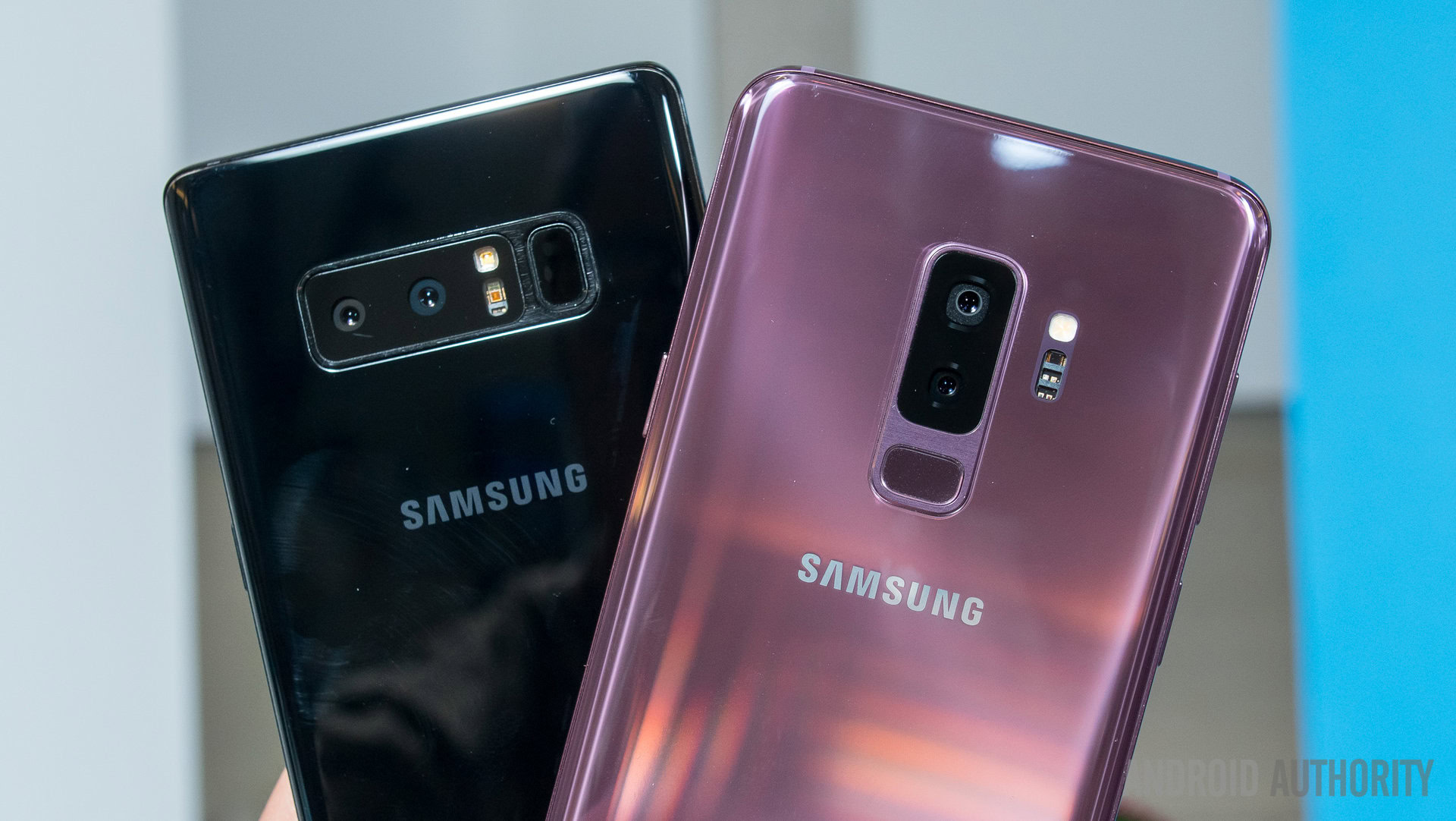
Final thoughts
There already seems to be a consensus that the Samsung Galaxy S9 looks like a great phone which irons out the kinks and gives consumers more of what was already great. The S9 is more powerful, more feature-packed, better designed, and probably the company’s best phone yet. It’s also a very safe bet, with a number of features lifted from competitors.
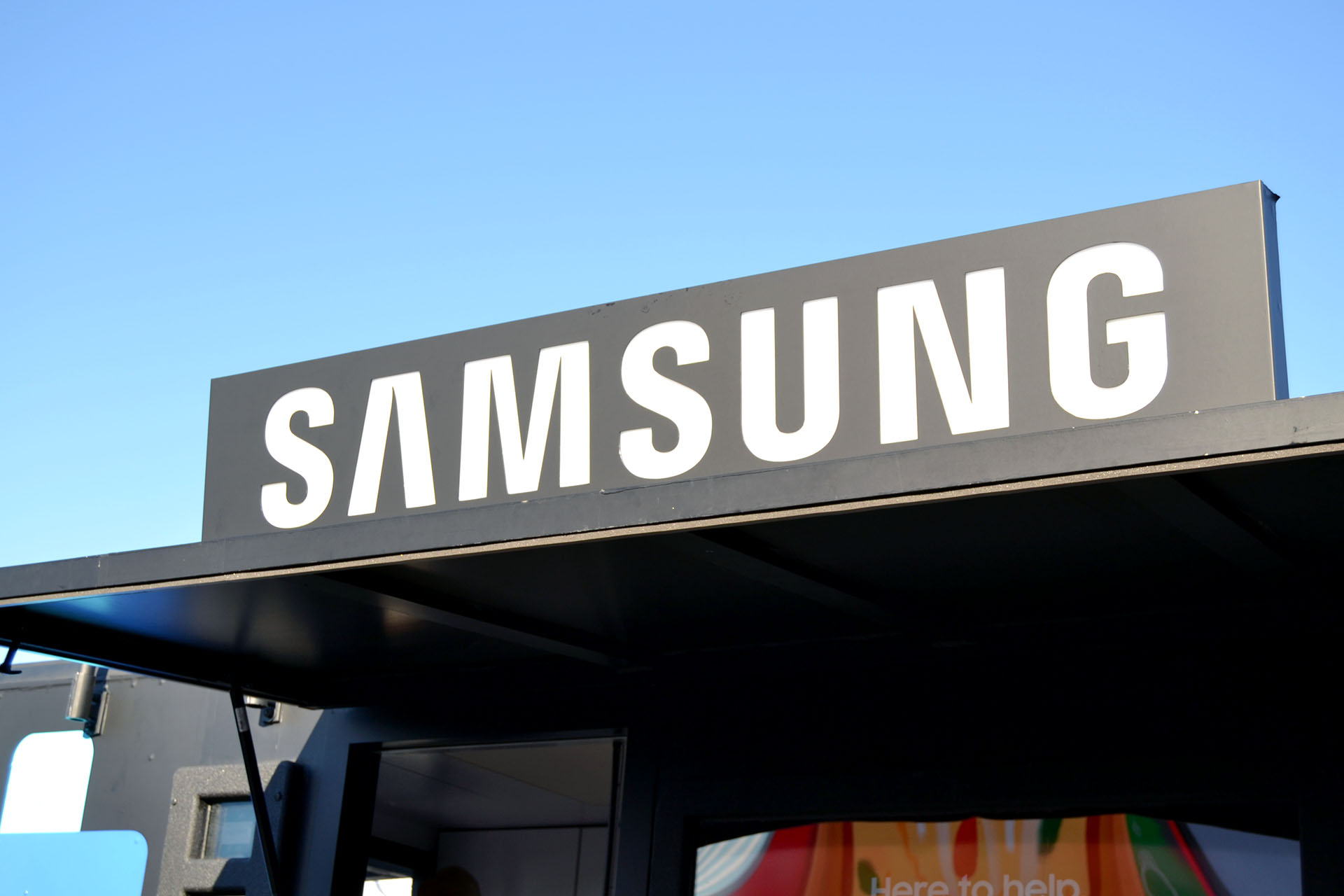
While companies like vivo are pushing the limits to imbue their brands with a global presence and innovator status, Samsung has already ridden that wave to the top. Now it’s securing its position with tactful improvements to a formula it knows works well. It might not be as exciting, but with global smartphone sales falling for the first time ever, it’s a calculated move while Samsung works on the next big thing.